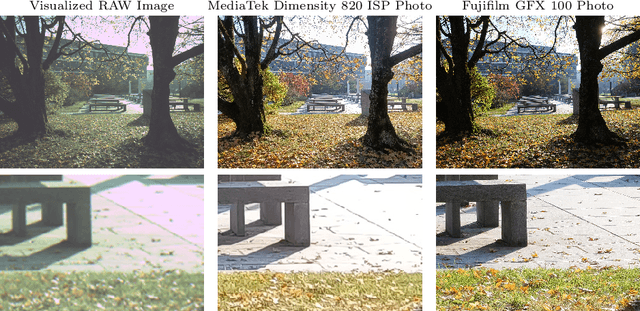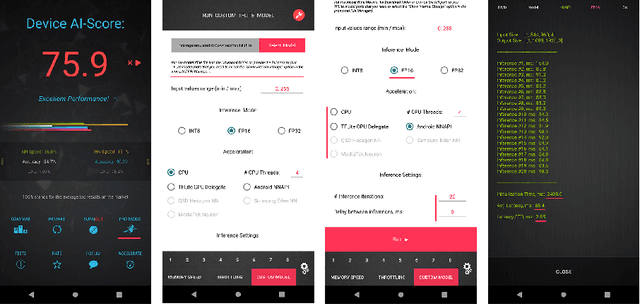Haina Qin
PromptIQA: Boosting the Performance and Generalization for No-Reference Image Quality Assessment via Prompts
Mar 08, 2024Abstract:Due to the diversity of assessment requirements in various application scenarios for the IQA task, existing IQA methods struggle to directly adapt to these varied requirements after training. Thus, when facing new requirements, a typical approach is fine-tuning these models on datasets specifically created for those requirements. However, it is time-consuming to establish IQA datasets. In this work, we propose a Prompt-based IQA (PromptIQA) that can directly adapt to new requirements without fine-tuning after training. On one hand, it utilizes a short sequence of Image-Score Pairs (ISP) as prompts for targeted predictions, which significantly reduces the dependency on the data requirements. On the other hand, PromptIQA is trained on a mixed dataset with two proposed data augmentation strategies to learn diverse requirements, thus enabling it to effectively adapt to new requirements. Experiments indicate that the PromptIQA outperforms SOTA methods with higher performance and better generalization. The code will be available.
Learned Smartphone ISP on Mobile GPUs with Deep Learning, Mobile AI & AIM 2022 Challenge: Report
Nov 07, 2022



Abstract:The role of mobile cameras increased dramatically over the past few years, leading to more and more research in automatic image quality enhancement and RAW photo processing. In this Mobile AI challenge, the target was to develop an efficient end-to-end AI-based image signal processing (ISP) pipeline replacing the standard mobile ISPs that can run on modern smartphone GPUs using TensorFlow Lite. The participants were provided with a large-scale Fujifilm UltraISP dataset consisting of thousands of paired photos captured with a normal mobile camera sensor and a professional 102MP medium-format FujiFilm GFX100 camera. The runtime of the resulting models was evaluated on the Snapdragon's 8 Gen 1 GPU that provides excellent acceleration results for the majority of common deep learning ops. The proposed solutions are compatible with all recent mobile GPUs, being able to process Full HD photos in less than 20-50 milliseconds while achieving high fidelity results. A detailed description of all models developed in this challenge is provided in this paper.
 Add to Chrome
Add to Chrome Add to Firefox
Add to Firefox Add to Edge
Add to Edge